The Maryland Zoo’s trumpeter swan pair has egg-citing new additions to their nest and the Zoo has set up a wildlife camera so viewers can take a peek while waiting for the first peep.
Viewers will be able to watch the pair caring for their fifth clutch, situated in a wooded grassy area next to the large pond in the Maryland Wilderness Farmyard. The average clutch size for the species is 4-6 eggs and eggs hatch after approximately 34 days of gestation. The first egg, laid on Sunday, April 12, should hatch beginning in mid-May.
Trumpeter swans are the largest waterfowl species native to North America and the largest swan in the world. They can weigh up to 30 pounds, and are known for their bright white feathers, black beaks, very large webbed feet and a six-foot wingspan.
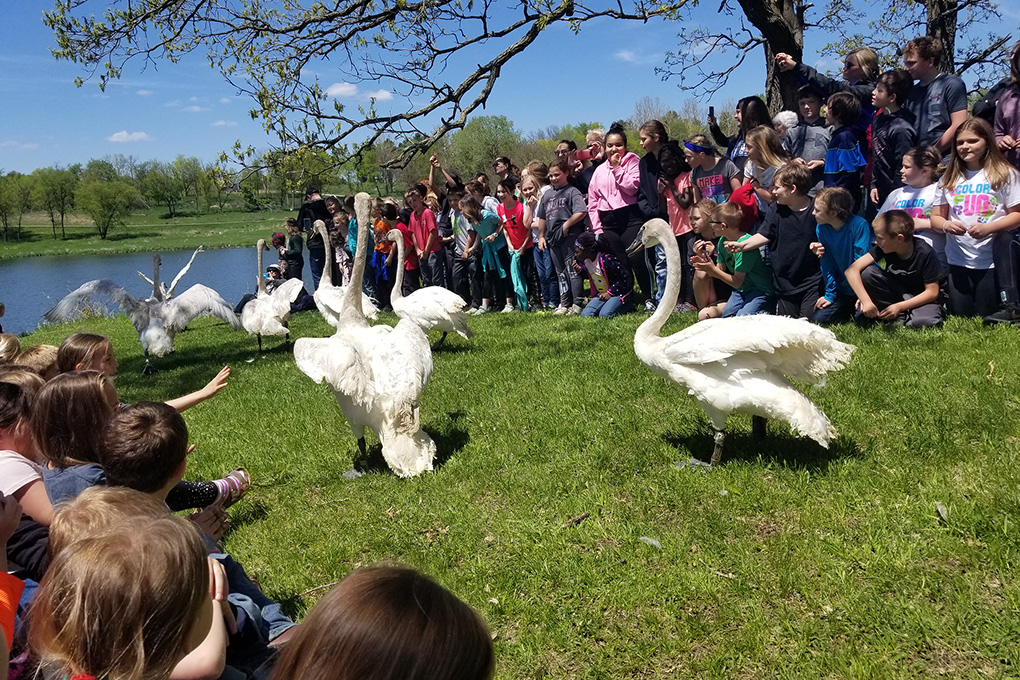
The Maryland Zoo also participates in a vital trumpeter swan reintroduction program. Each year, once the cygnets are fully grown, the Zoo transports them to Iowa to be released as a part of a special conservation program with the Iowa Department of Natural Resources (IDNR). Trumpeter swans disappeared from Iowa by the late 1880s. For the last two decades, IDNR has worked to reestablish trumpeter swan populations in the state. Several other AZA-accredited zoos also participate in the release program along with The Maryland Zoo.
“Since the offspring of this pair will be released into the wild, our management of them is relatively hands-off. They are able to nest, hatch, and mature in a natural environment while still being under the watchful eye of animal care staff and veterinarians,” said Ryan Hejduk, area manager. “As animal care professionals, it is rewarding to be able to contribute to restoring an iconic species to its native habitat.”
The trumpeter swan camera will be active from 10 a.m. until 4 p.m. daily, and run on a 30 minute delay due to the hands-off process, the risk for predation and other environmental factors such as extreme weather events.
In the early 1900s, trumpeter swans were nearly hunted to extinction for their skin, feathers, meat and eggs. The passage of the Migratory Bird Treaty Act of 1918 gave protection to trumpeter swans and other birds which helped curb illegal killing, however the population continued to decline and in 1932 it was believed that there were fewer than 70 trumpeter swans remaining. In 1935, the U.S. government established Red Rock Lakes National Wildlife Refuge (NWR) in Montana’s Centennial Valley to protect the remaining trumpeters.

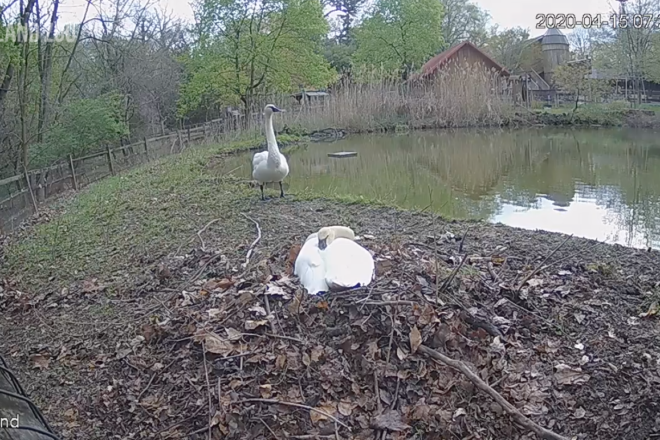
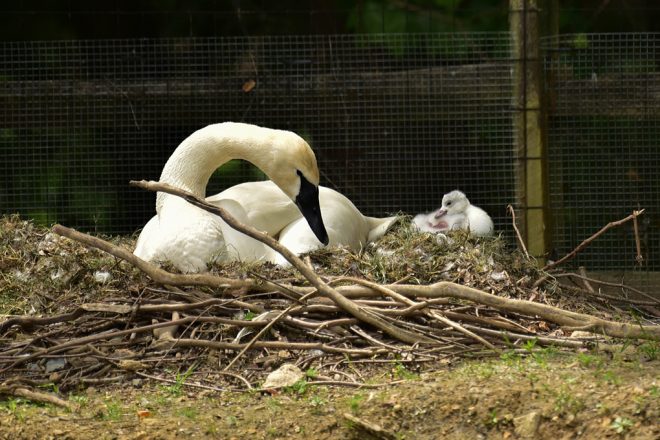
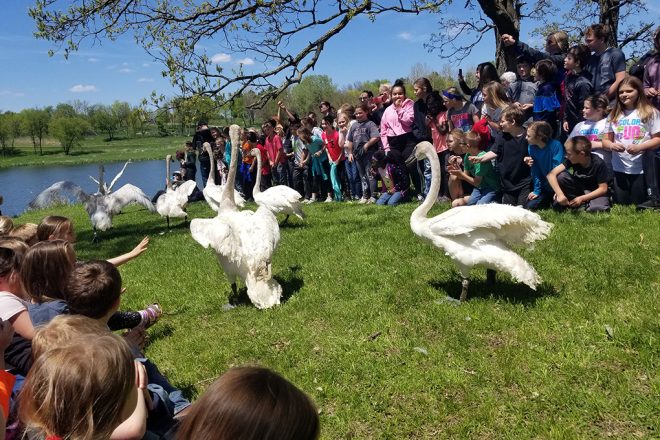
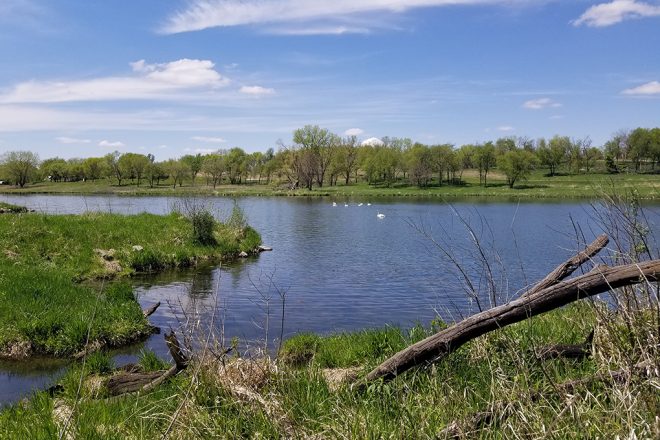
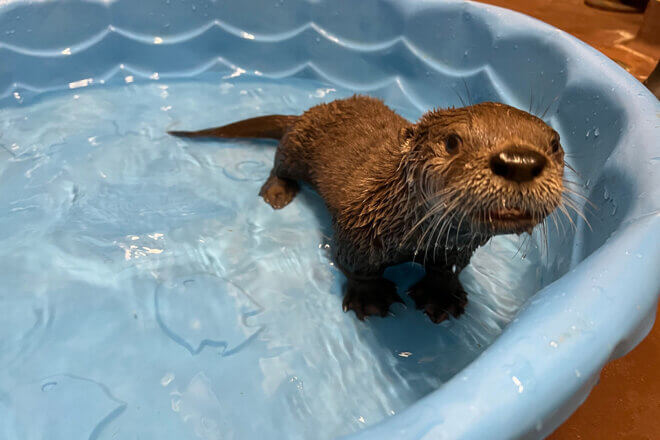
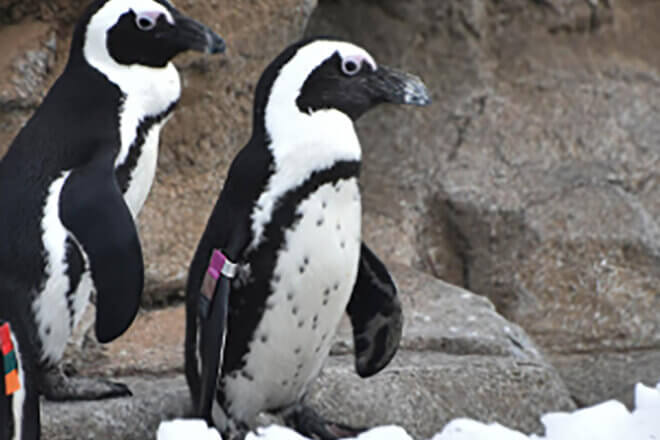


Share this article